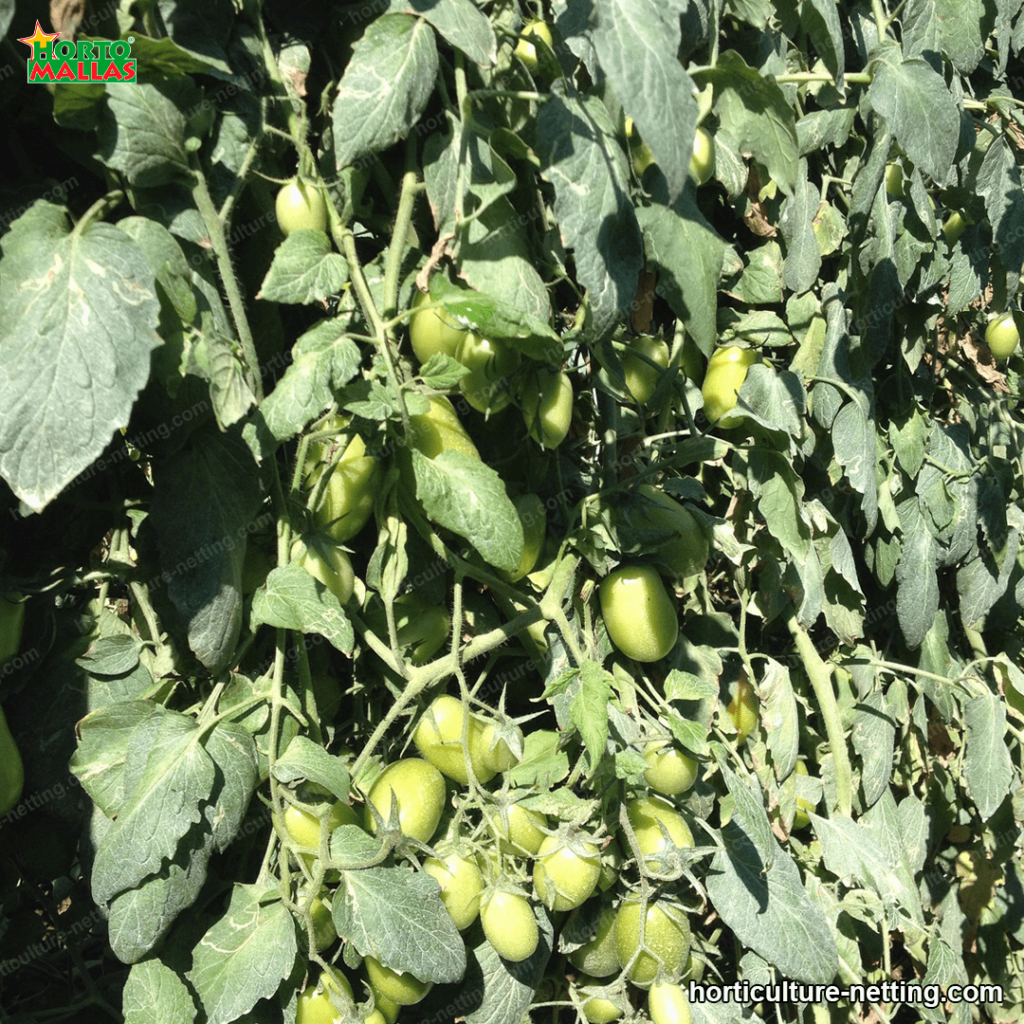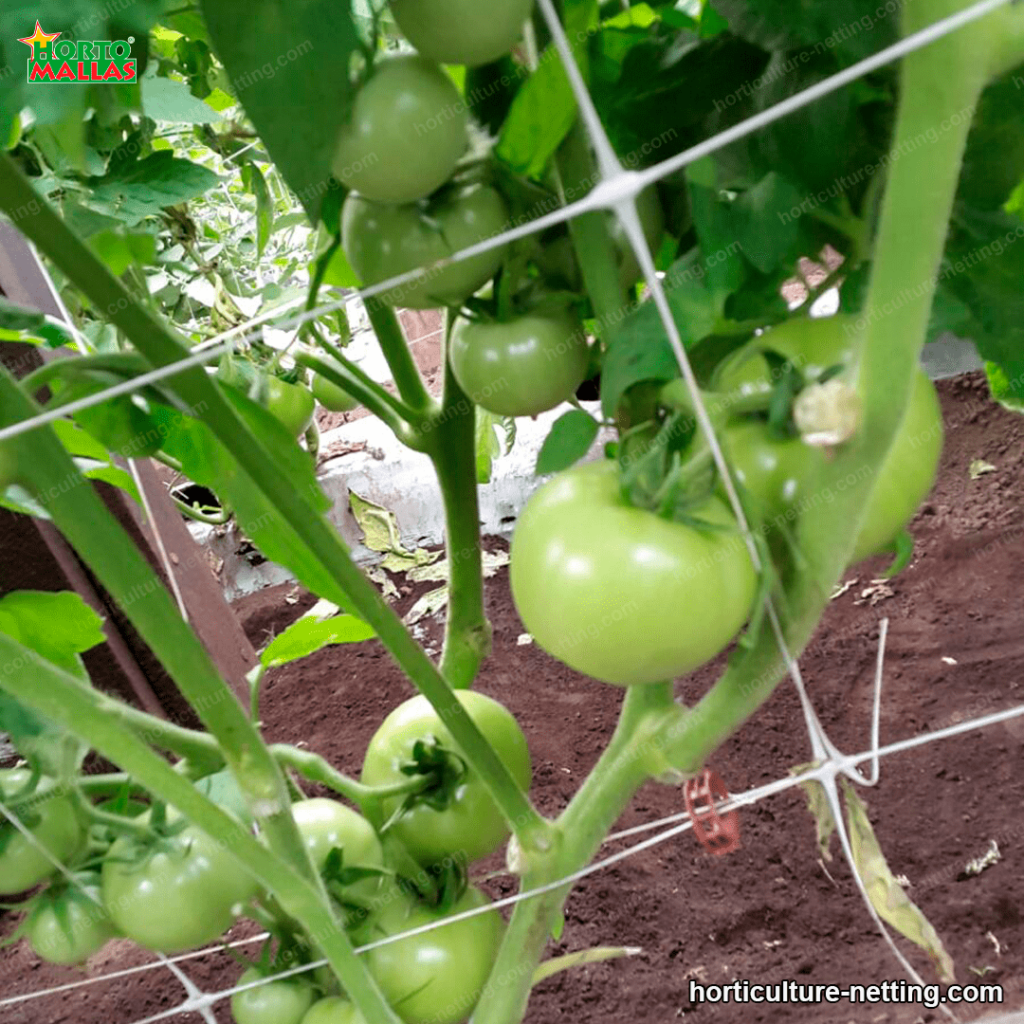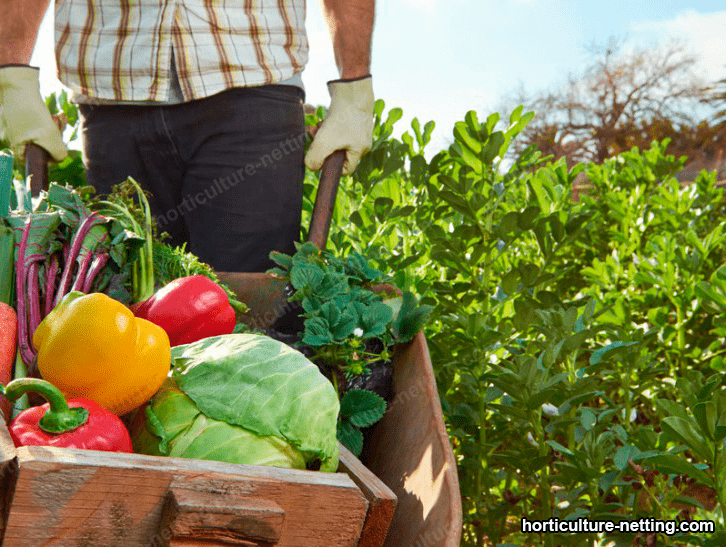Introduction
Horticultural netting is an important element of great utility for the production and growth of different types of fruits. Vegetables and greens on a large scale within the field of agronomy.
This netting is primarily construct of a textile material that is resistant to cold. Heat and UV damage, usually using a material such as polyester or nylon. This allows freedom of transit to the crop and continuity across its length and width. Thus allowing to create a space for specific work within the horticultural area.
In practice, horticultural netting is commonly use to support the germination of future vegetables. It helps to contain long series of plants, as well as to support lighter plants in height on the way to a height goal. This allows for much easier horticultural area management. Not only does this make the area much safer from a plant irrigation standpoint, but it also makes it easier for operators to work in the horticultural field.
It is also ideal for aiding in the reclamation and treatment of soils
This is due to its fluidity, which allows air and light to penetrate through the overlapping fabric webs. This helps stabilize soil temperature and provides an improved base for plant growth and fruiting, which helps increase crop quality. This, in turn, helps boost the horticultural production system.
It also helps prevent soil erosion by minimizing the action of wind, rainwater and sun on the crops. This protective layer helps reduce the extent of damage caused by external factors on the soil surface. This in turn contributes to better soil recovery, as well as reduced rehabilitation costs.
Horticultural netting has been instrumental in the development of the horticultural industry worldwide. Through its use, greater production and quality of cultivate vegetables has been achieve. From organic farming to large-scale production, horticultural netting has not only played an important role functionally, but also economically. It has also become a useful tool for the extraction of non-renewable resources such as gas, oil, coal and water. For these reasons, it is essential to recognize the importance of horticultural netting for the area of agronomy.

Why it is essential to use horticultural netting in contemporary agricultura
Horticultural netting is a fundamental material for contemporary agriculture. Horticultural netting is use to protect crops from external factors such as weather, herbivores and other factors. The horticultural netting also offers optional protection for the farmer’s crops, as the material from which the bolts are made is resistant to adverse weather conditions. In addition to this, horticultural netting also prevents the development of pests and diseases in crops. This is because the material used in the bolts prevents harmful insects and fungi from penetrating inside the crops. This feature is key in agriculture, since insects and fungi can cause significant damage to crops and generate large economic losses for the farmer.
One reason why horticultural netting is fundamental to today’s agriculture is that it allows crops to grow in a controlled environment. The structure created by horticultural netting allows for the control of light, temperature and air humidity, which is essential for crop development. The horticultural netting also allows irrigation to be controll in a much more precise way, so that the farmer can obtain the best results. One of the main advantages of horticultural netting is that it offers optimum crop safety. This means that the final product obtained by the farmer is of higher quality, since the material that forms the netting prevents the development of diseases and the intrusion of herbivores
This is essential to ensure that the farmer obtains a healthy and good quality crop.
This netting is an essential material for today’s agriculture. The netting offers protection from external factors such as weather, herbivores and diseases, as well as allowing optimum control of temperature, humidity and light in the environment. This allows for better yields in terms of crop health, quality and quantity. For these reasons, the use of horticultural netting is a critical factor for contemporary agriculture.

Functions of horticultural netting in agricultura
Horticultural netting is an essential component in modern agriculture, as it offers numerous functions adapted to the needs of farms. Horticultural netting is mainly use to produce vegetables and greens through the cultivation process.
One of the main functions of horticultural netting is to provide mechanical protection for crops. Horticultural net provides protection against animals, insects and birds that feed on crops, as well as herbivores. This netting also protects crops from the damaging effects of wind, rain and sun, preventing them from direct wear and tear. This protection allows growers to obtain quality and stable crops. It also improves soil aeration. This netting acts as a barrier between the soil and the roots, allowing the soil to be better ventilate and the crops to better absorb water and nutrients. Aeration is an important factor in developing healthy and stable production.
Growers can also use horticultural net as a method to control crop irrigation. This netting helps prevent water from evaporating quickly or being absorb deep into the soil, rather than only wetting the area where the crops are located. This prevents water loss and helps preserve the soil.
We should consider that this mesh allows farmers to control the growing conditions of their crops
This netting helps maintain a favorable environment for crop development, limiting climatic changes that may affect growth. This netting also helps growers control soil temperature, allowing them to provide appropriate heat for crops. Horticultural netting also aids in the process of covering crops. Horticultural net is use to cover crops in cold weather or to stimulate production prior to harvest. By covering the crops with the netting, cold shock is avoided, thus helping to maintain the optimum temperature for the crops.
Under these factors, horticultural netting becomes a very versatile material in agriculture, since it can be modified to meet a variety of needs. Horticultural netting can be used as a shading material and can control the amount of sunlight that strikes the crops. This netting can also be mixed with other materials, such as plastic, to significantly improve crop protection.
Growers have several main functions for which horticultural netting can be used. This netting offers growers mechanical protection for crops, in addition to improving aeration and irrigation, controlling growing conditions, covering crops and using it as a versatile material to improve crop quality.

Leave a Reply